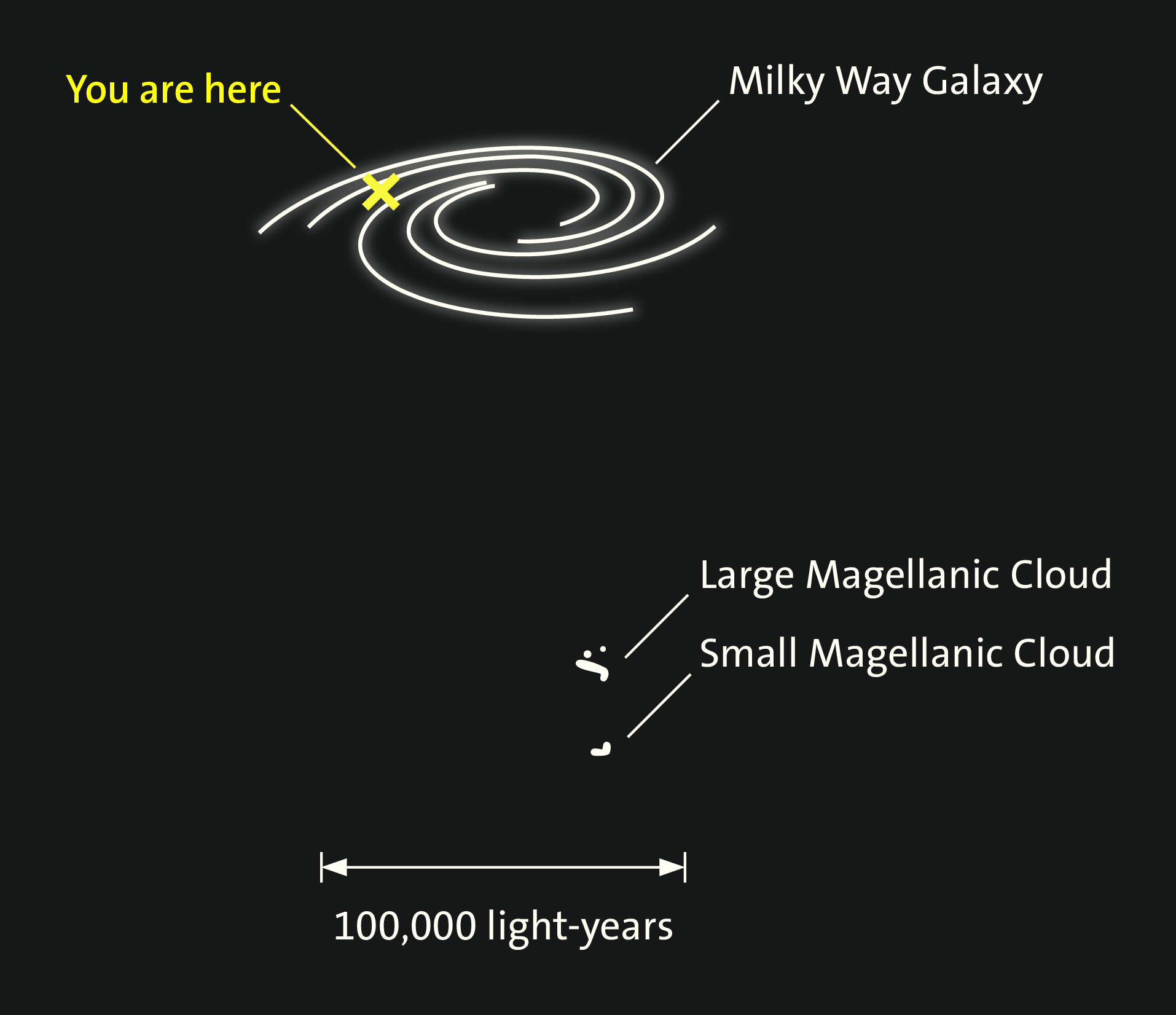Milky Way Galaxy

Our home galaxy, the Milky Way, is an island of starlight. It has spiral arms, a bar across its center, and at least one black hole at its core. Billions of stars and countless planets, plus stellar birthplaces and graveyards, are strung out along its arms.
Galaxies are the structural building blocks of the universe. They are gathered into countless clusters that form a web of matter stretching throughout the cosmos. Through collision and expansion within their clusters, galaxies continue the evolution of the universe.
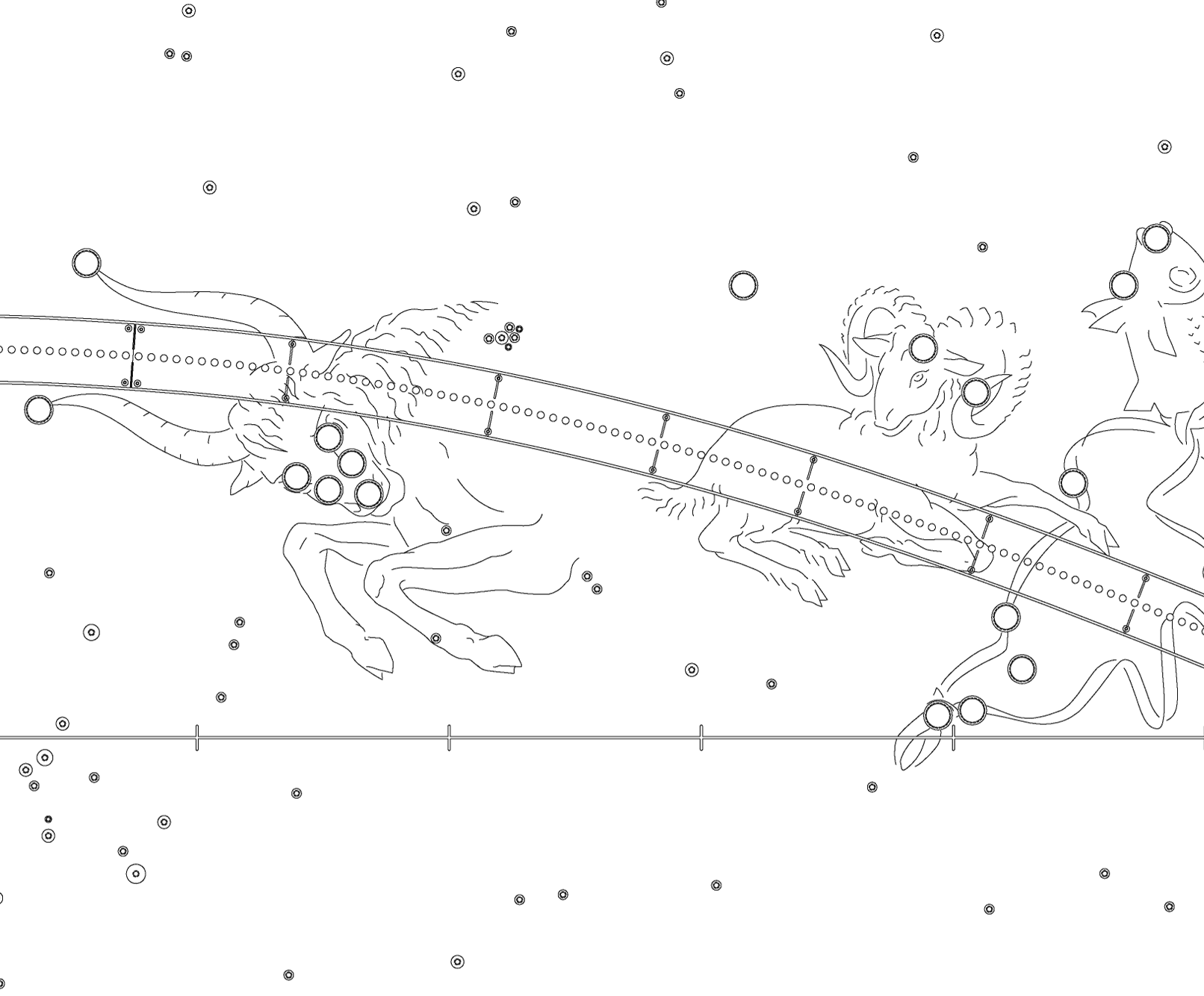
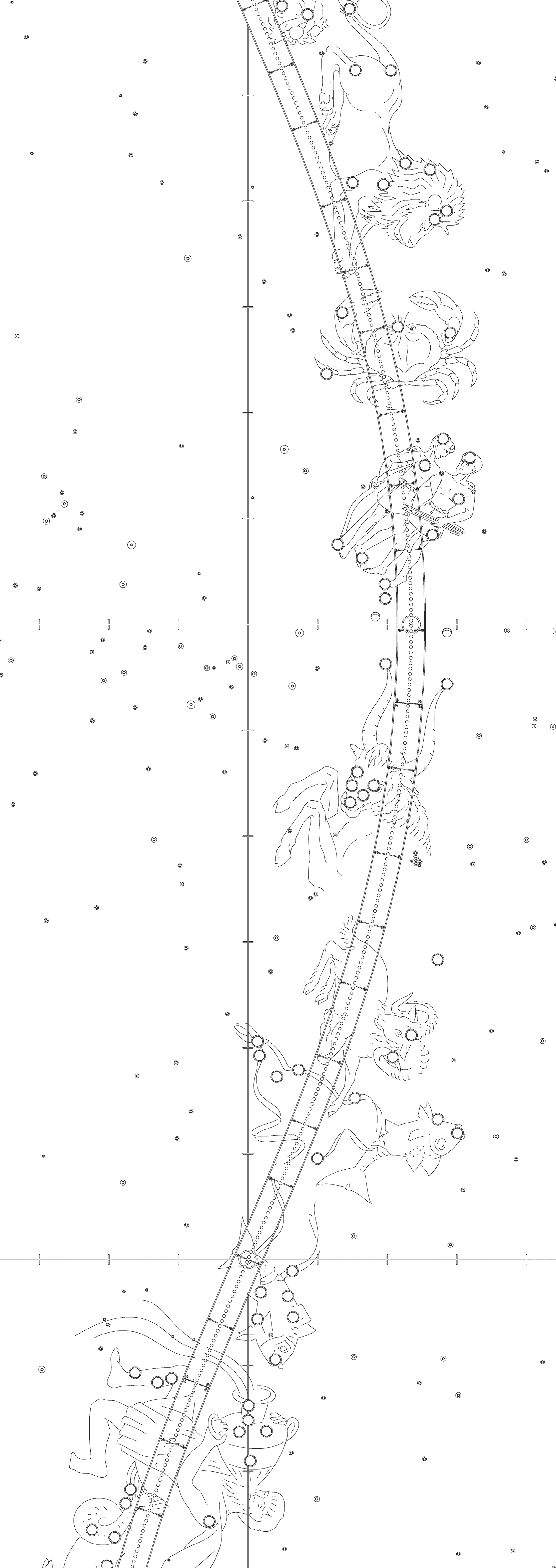
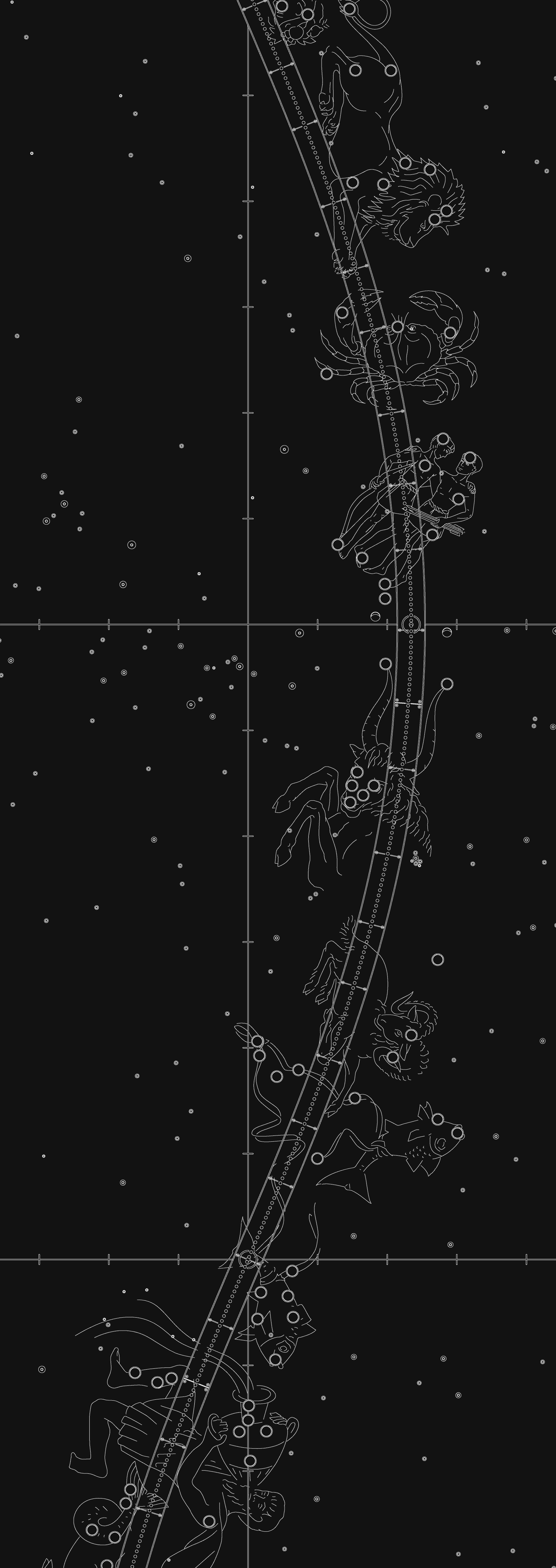
Exploring Our Galaxy From Inside

Late on a summer night, the part of the Milky Way Galaxy we can see from Earth stretches high across the sky. The center of our galaxy lies in the direction of the constellation Sagittarius.
The Milky Way is one of over a hundred billion galaxies in the universe, but it’s the only one we can explore from the inside. We can’t see all of it, however, because dust clouds obscure the visible light coming from distant parts of it.
A View From the Edge
The Milky Way Galaxy is spiral-shaped and looks like a swirling hurricane. If we could view it from the side, the Milky Way would look like a thin disk of stars split by dark dust lanes, similar to NGC 891. Several hundred billion stars populate this flattened disk. Billions more swarm in a halo surrounding the core.
Our Galaxy, Our Home
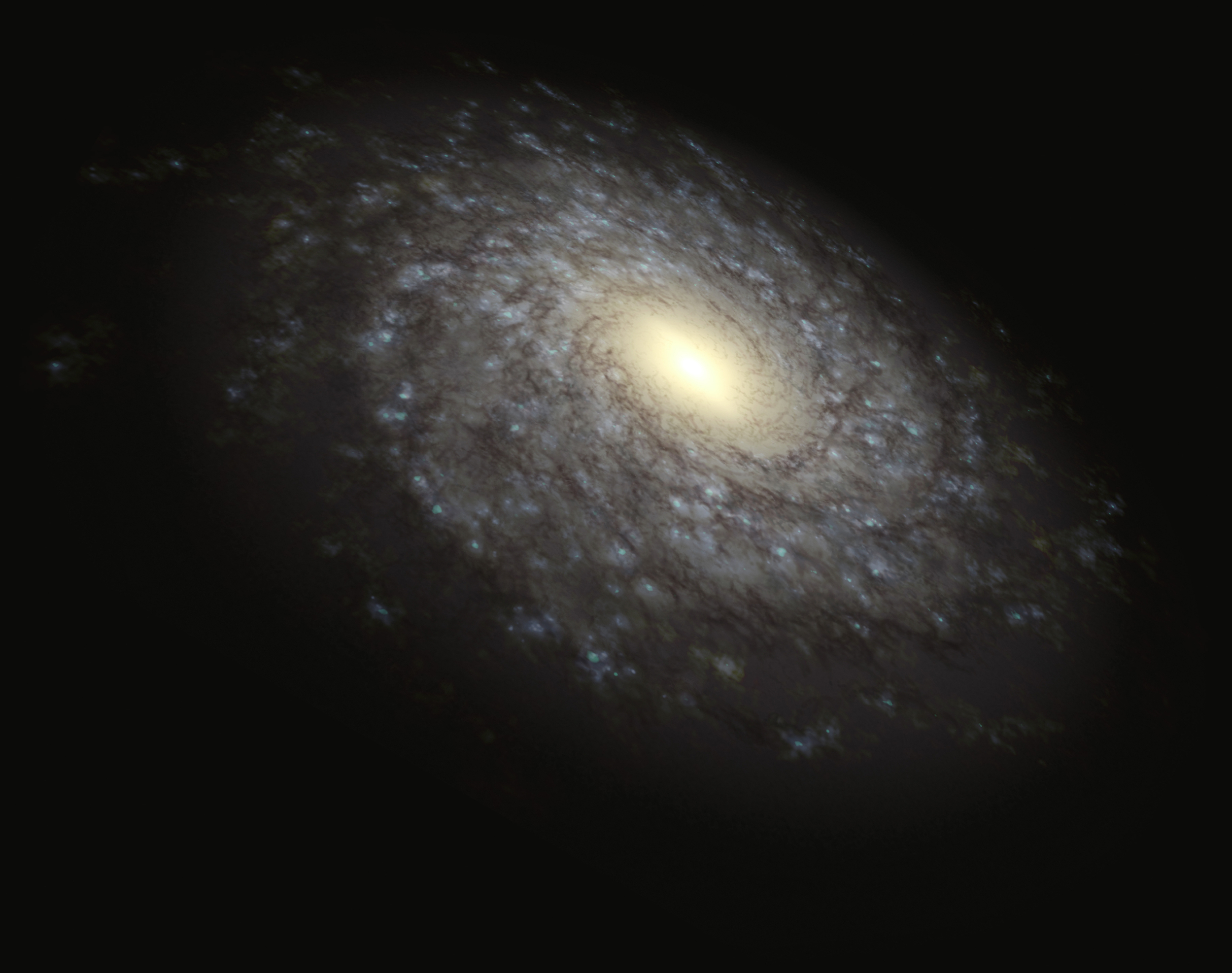
The Sun is one starry member of our home galaxy, the Milky Way. Like many other spiral galaxies, ours has a mix of different types of stars in its spiral arms, from bright young blue stars to middle-aged stars like our Sun. A population of older stars swarms in a halo around the Milky Way. The spiral arms and dust lanes coil around the center. A super-massive black hole lies hidden at the heart of our galaxy.
Our Place in the Milky Way
Our solar system is some 26,000 light-years from the Milky Way’s center. Star-forming regions full of bright blue stars only a few million years old are arrayed along the spiral arms.

The Milky Way’s Hidden Black Hole
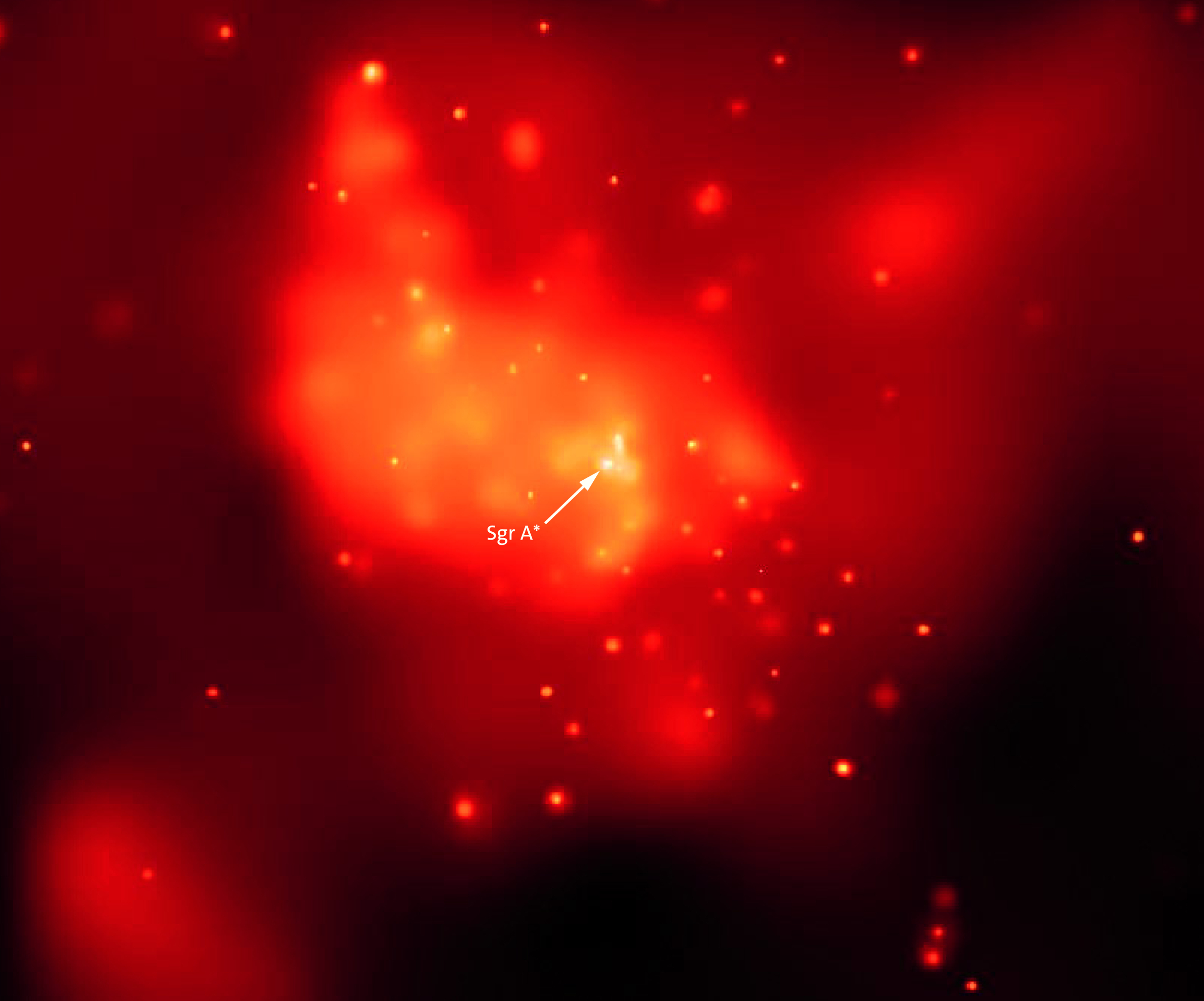
We can’t see the center of our galaxy in visible light because it is hidden behind clouds of dust. We can explore this region, however, using x-ray, radio, and infrared detectors.
These wavelengths of light offer evidence of a supermassive black hole, identified as Sgr A* ( in x-ray wavelengths), buried deep in the heart of the Milky Way.
Diving Toward the Black Hole
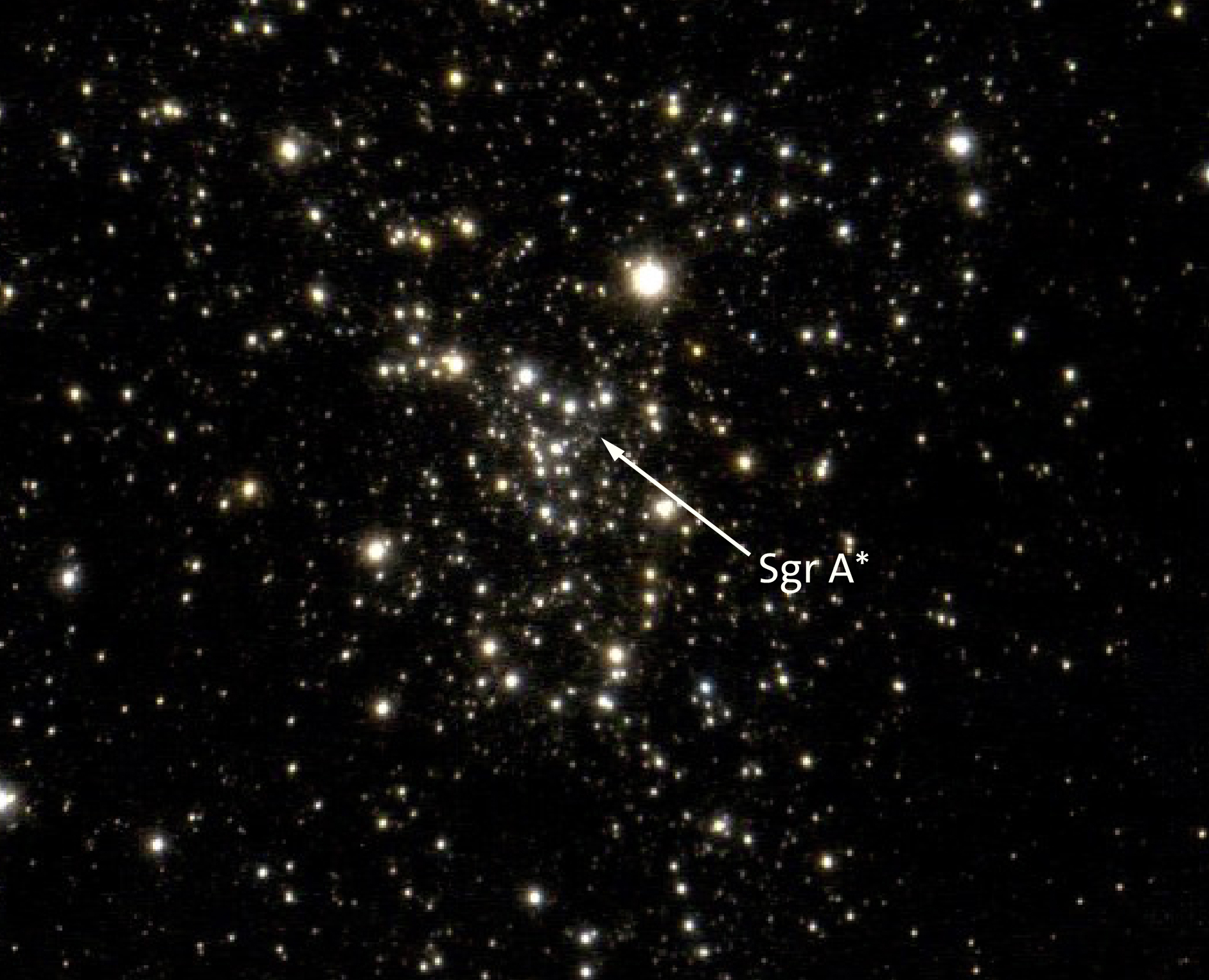
The black hole at the center of our galaxy (Sgr A*, in infrared light) is more than 2.6 million times the mass of our Sun. Sgr A* lies among star clusters, as well as clouds of gas and dust trapped in a thick, rotating disk by the gravitational field of the black hole. Although we can’t see the black hole directly, the disk feeds superheated matter into Sgr A*, and this material releases heat and x-rays before it disappears forever.
The Telltale Jet
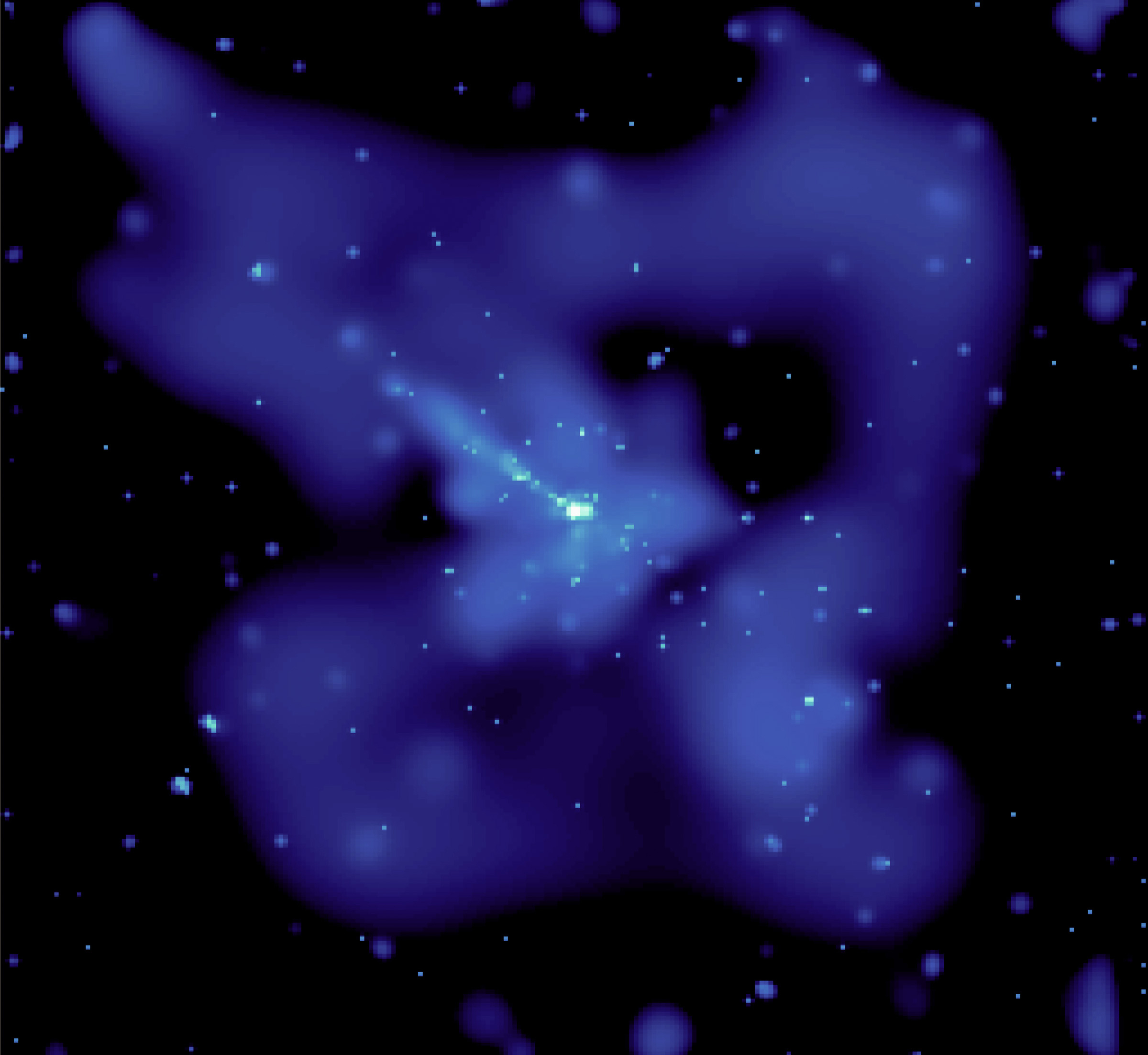
Astronomers think that most galaxies have central supermassive black holes. These objects emit large amounts of radiation from very tiny regions of space.
Black holes that are more active and massive than Sgr A* actually blast jets of superheated material away from their galactic cores (as seen in galaxy NGC 5128, in the x-ray image).
Our Galaxy’s Neighborhood
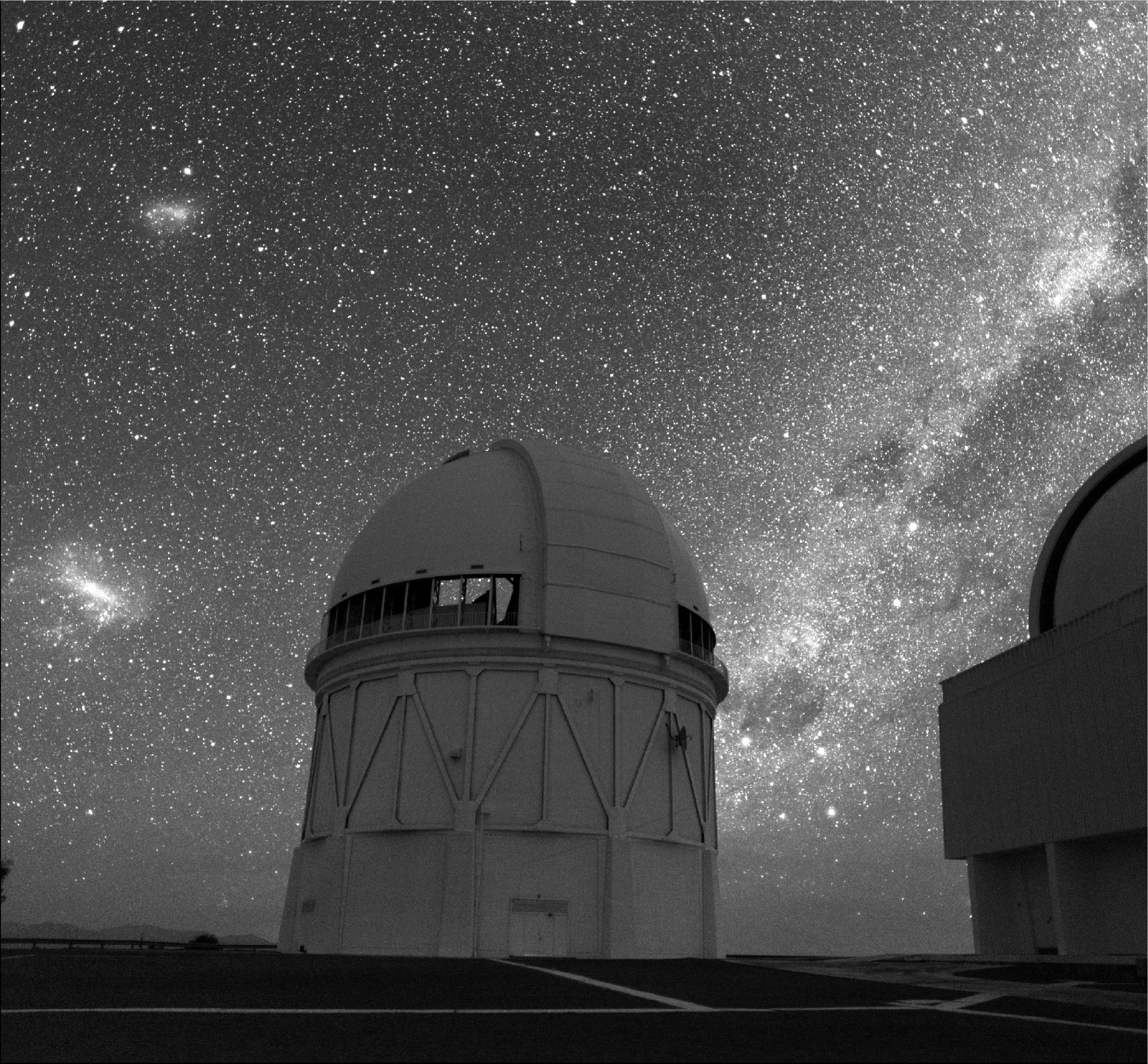
The Milky Way has two small, irregularly shaped companion galaxies, visible in southern hemisphere skies. The Large and Small Magellanic Clouds (left side of image) are more than 160,000 light-years away, which is quite close for galaxies.
These companions are part of a group of dwarf galaxies that surround the Milky Way. Our galaxy and its family of travelers belong to a larger cluster known as the Local Group.
Our Galaxy’s Orbiting Neighbors
The Large and Small Magellanic Clouds take about 1.5 billion years to orbit our galaxy. Astronomers classify them as irregular galaxies because they are not spirals or ellipticals. Both are astrophysical laboratories that help astronomers understand how stars are born, live, and die. The Large Magellanic Cloud has active starbirth regions. The Small Magellanic Cloud is being ripped apart by gravitational interaction with our galaxy.
